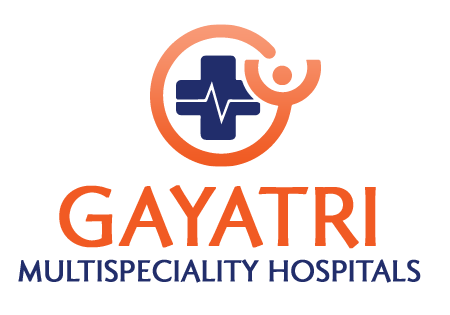Joint Pains
Joints structure the associations between bones. They offer support and help you move. Any harm to the joints from sickness or injury can meddle with your development and cause a ton of pain. Joint pain is incredibly normal, particularly as you age. Knee pain was the most well-known pain, trailed by the shoulder and hip agony. Yet, joint pain can influence any piece of your body, from your lower legs and feet to your shoulders and hands. Schedule an appointment for joint pain treatment for neurological problems from a joint pain specialist in Ongole.
A wide scope of conditions can prompt difficult joints:
- Osteoarthritis, is the most well-known kind of joint inflammation.
- Rheumatoid arthritis is an immune system issue that happens when your body assaults its tissues.
- Bursitis is when sacs of liquid that assist with padding your joints get inflamed.
- Gout is a type of joint inflammation that frequently influences your large toe joint.
- Strains, sprains, and different wounds.
Joint Dislocations:
Dislocation is a condition that happens when the bones of a joint are loosened up. A joint can be to some degree dislocated (subluxation) or completely disjointed. A separation can be brought about by an injury (fender bender or fall) or the debilitating of muscles and ligaments. A disjoined joint can be treated through prescription, control, rest, or medical procedure.
Dislocations are extremely normal. They can happen to any joint in the body, however they frequently influence these joints:
- Finger
- Shoulder
- Knee
- Elbow
- Hip
- Jaw
Disc Problems:
Discs are the safeguards that separate the bones in the spine. They resemble jam doughnuts with an external divider and a delicate center. Discs permit movement every which way while giving the strength to keep you upstanding. External layers of each plate connect to external bits of the bones which hold your spine together. As we age, our discs can turn out to be weak and inclined to breaking (or herniating). Long periods of strain and hard work can likewise leave us more helpless against disc harm. A burst brings about synthetic compounds from the jam spurting out and causing an outrageous disturbance and enlarging of the encompassing nerves.
- Slipped disk or herniated disk:it is a very common spinal cord issue that individuals might insight. At the point when the plate of the spinal cord gets slipped or cracked, it is known as a herniated disc. In this condition, the delicate material inside the disc comes out through a tear and upsets the nerves in the close by locale. It causes gentle to serious pain and different side effects like arm pain, leg pain, weakness, and shivering sensation. Age-related reasons don't generally cause this condition. It might occur by lifting substantial items inappropriately. For slip disc treatment at the best hospitals for disc problems in ap, one should talk with knee joint pain doctors in Ongole right away.
- Pinched nerve:this condition is caused normally by herniated plates. For example, in individuals with a herniated circle in the lower spine region, it might cause squeezed nerves by coming down on the nerve root.
- Bulging disk:bulging disc isn't as old as the herniated circle. At the point when somebody has a protruding disc, the region around the plate will get expanded yet not burst.
- Sciatica: Sciatica is a condition that includes leg pain along the huge sciatica nerve present at the rear of the legs.
- Spinal Stenosis: It is a condition wherein the open space of the spinal cord limits, pressure down on the nerves and the whole spinal rope.
Neurological Problems:
Commonly neurological problems or issues can influence muscular construction, for example,
- Clenched-fist and thumb-in-palm deformity
- Flexed elbow distortion
- Foot distortions
- Neuromuscular club foot or drop foot
- Fused joints
- Hip and knee contractures
- Muscle spasticity
- Scissoring walk
- Stiff-knee step
- Spastic shoulder
- Walking issues because of unusual stances of the foot
